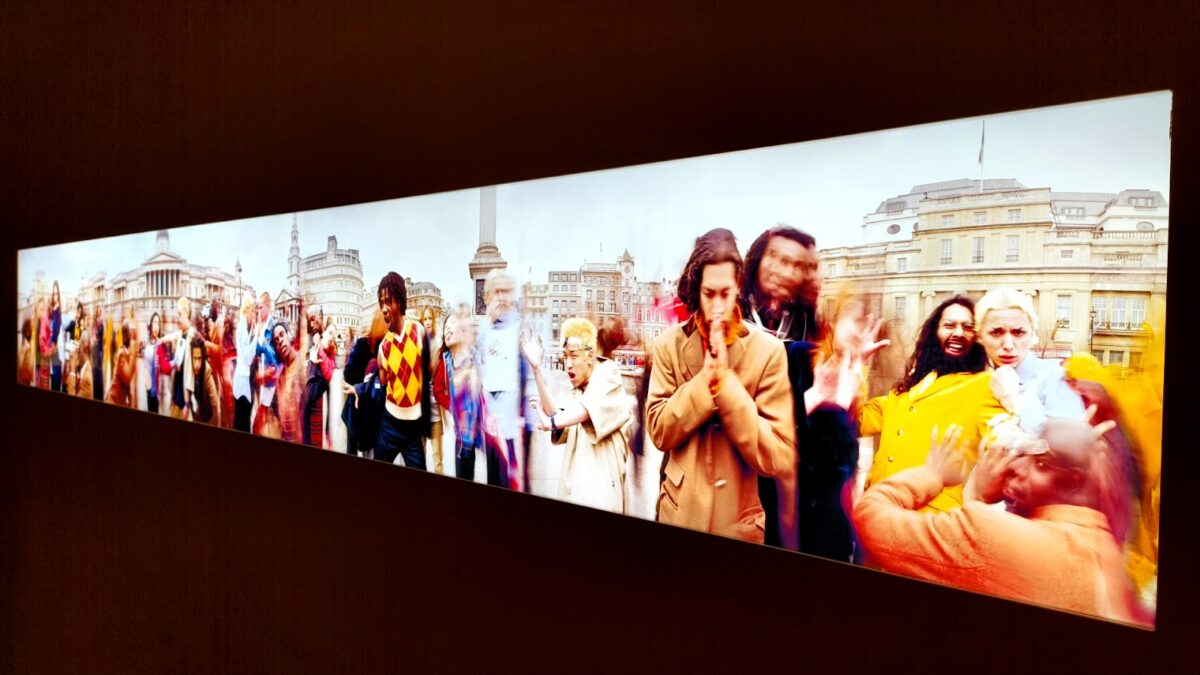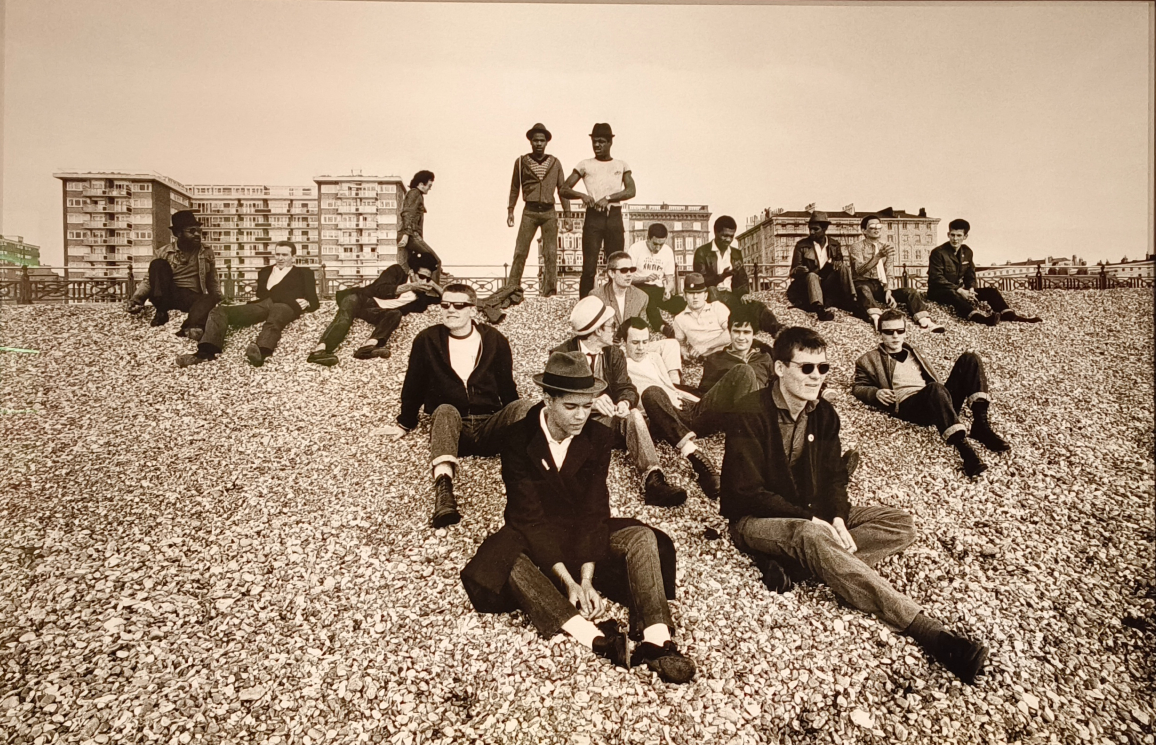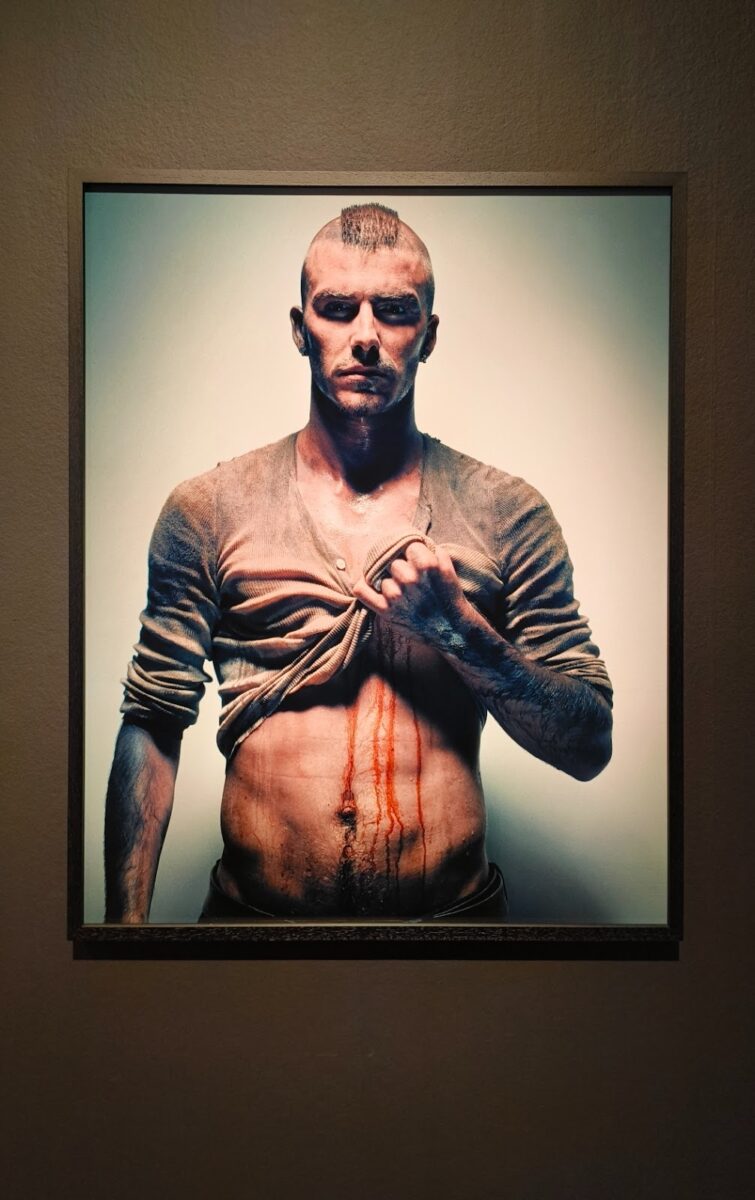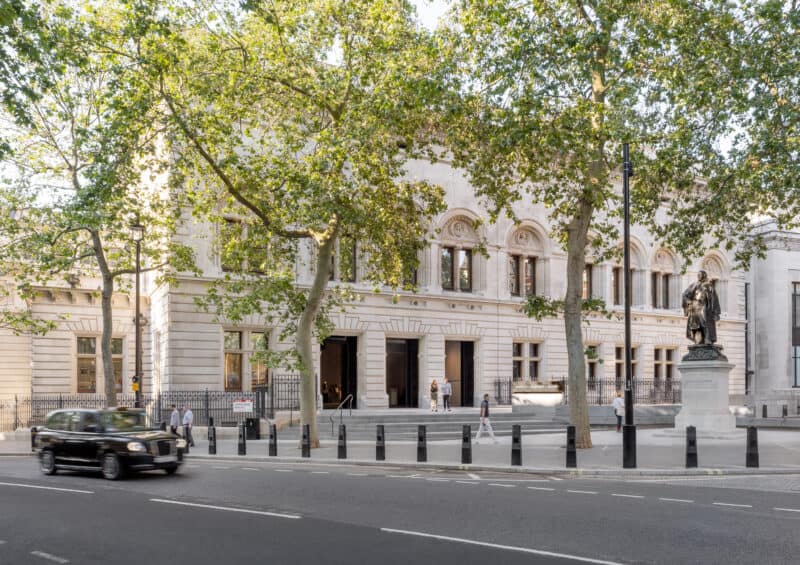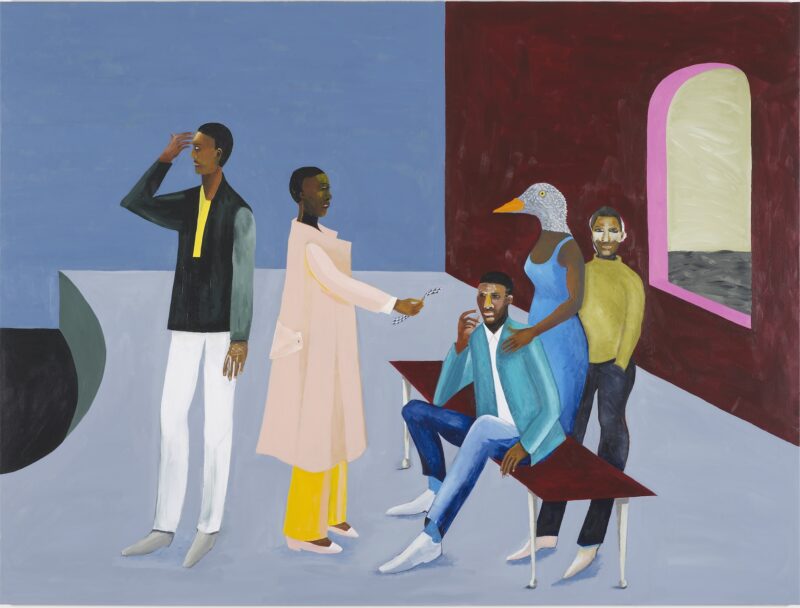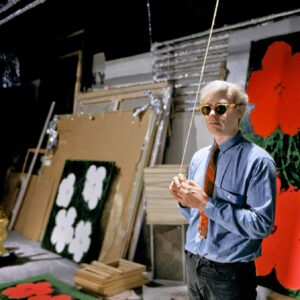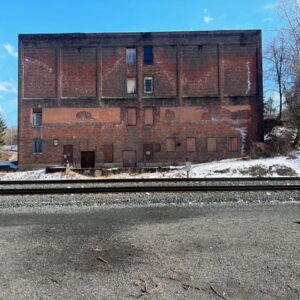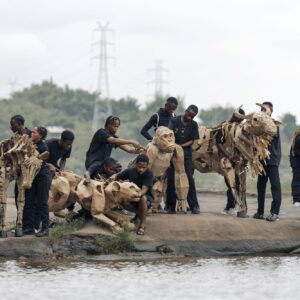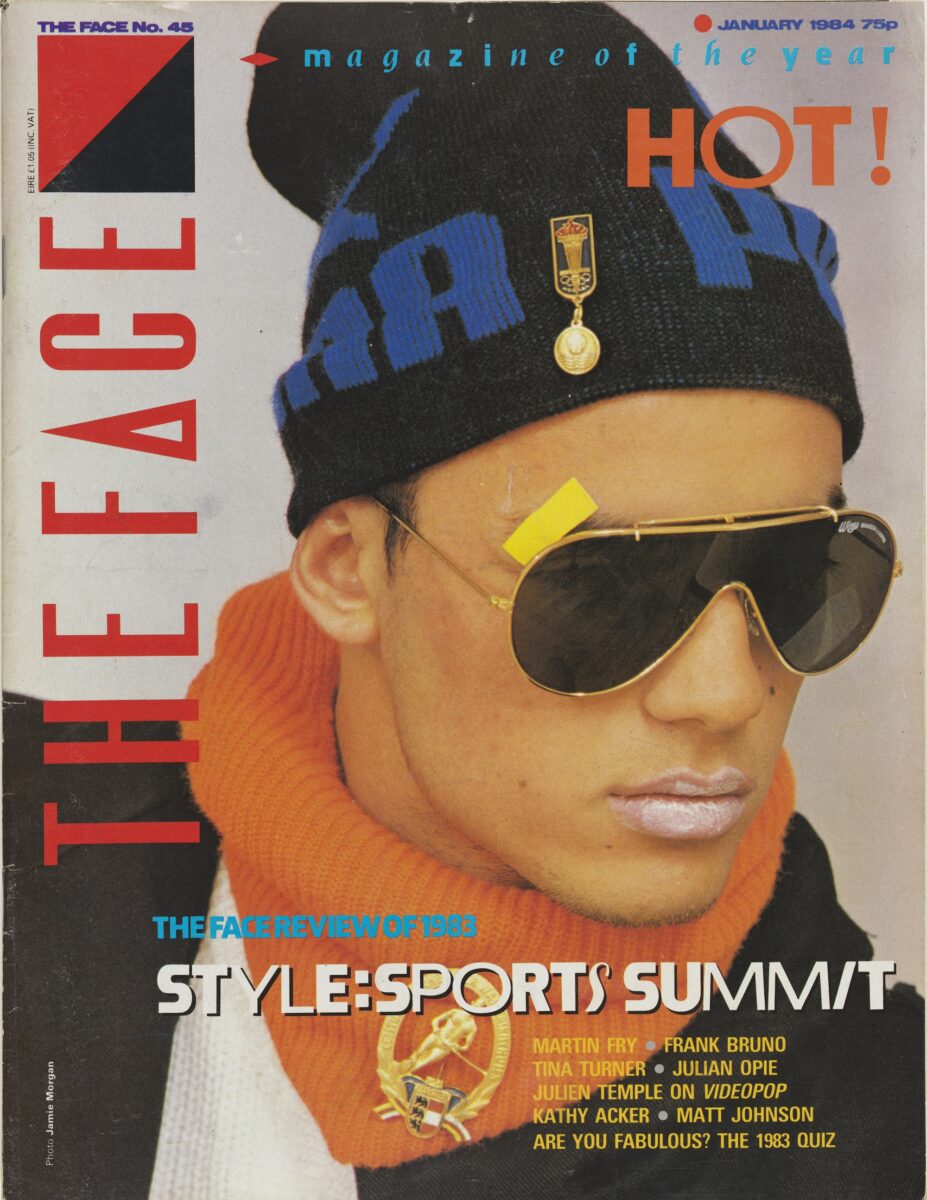
More than 200 forever young faces grace the walls of the National Portrait Gallery in celebration of the role The Face played in capturing British youth culture through the decades. A chance for those old enough to remember the 80s and 90s to feel young and cool again. Back in the days when media was slow, magazines set trends and friends spent hours making mixtapes to listen on their Sony Walkman.
Launched just after Thatcher came into power and just before Charles and Diana got married, the Face was more punk than Sloane Ranger, cultures were clashing, music and fashion trends born in the same streets that witnessed protests and riots. Burberry still made quintessentially British trench coats worn by old folk while youth fashion happened at Kensington Market. Somehow The Face made sense of it all by mixing exciting photography with serious journalism.
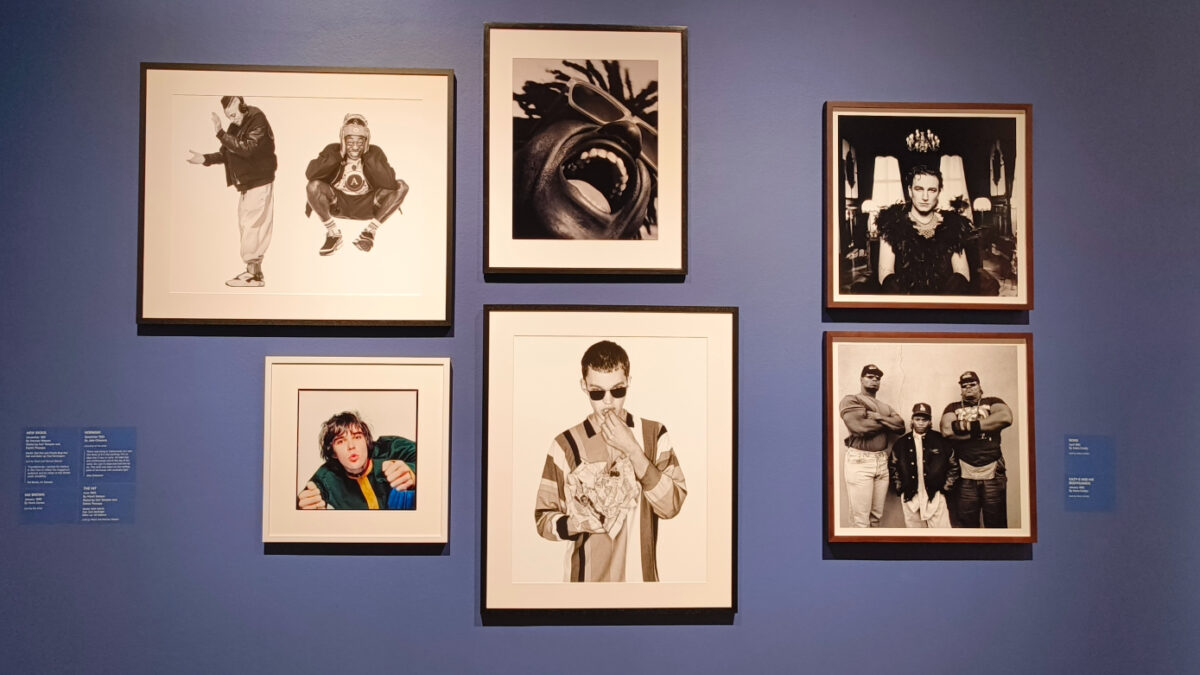
Those were the days when photographers and journalists got together to make magazines they would want to read themselves, raising just enough money to go to print once a month. “Nobody worked for The Face for the money, you did it because you believed in the magazine and for the creative freedom that came with that belief” reads one of the many quotes accompanying the photos in the exhibition. Possible at a time when housing was affordable and everyone shared flats or squats, working days seamlessly merged into club nights, and photo shoots were staged in the streets.
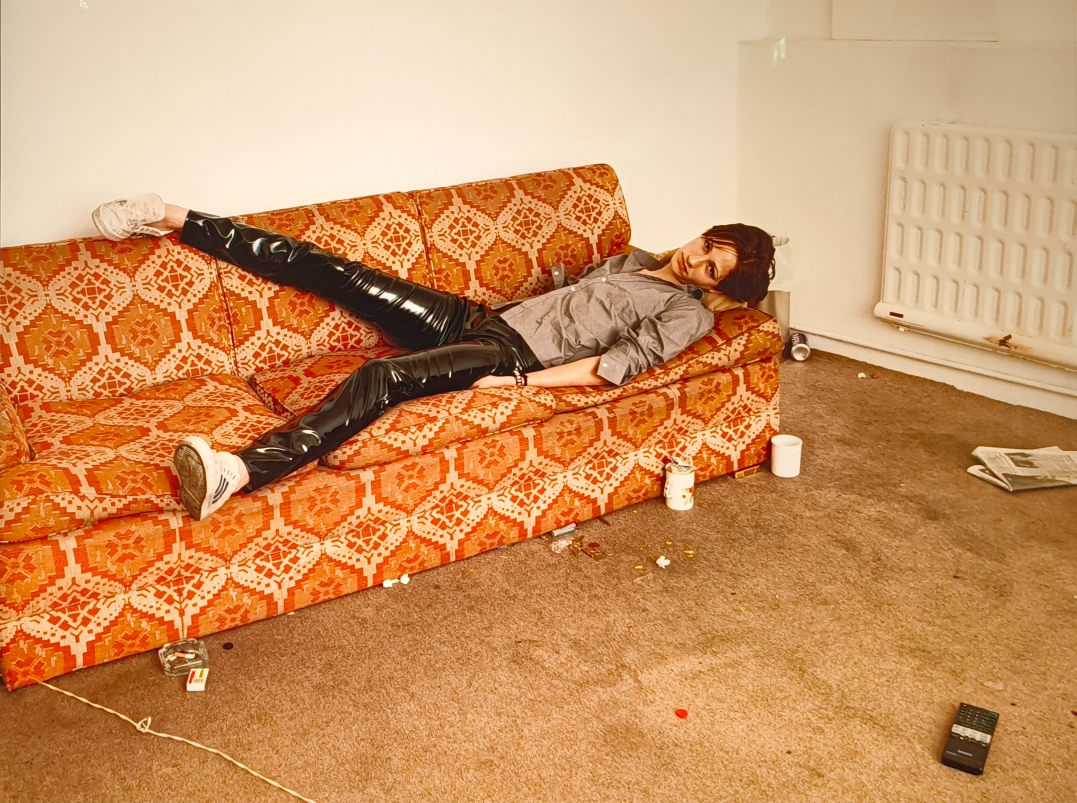
The names of many of the photographers and stylists credited as part of the exhibition are as recognisable today as the models they worked with. Fashion and style photography crossed over into the worlds of advertising and fine art, all growing up together and sharing a desire for authenticity and for capturing the zeitgeist. Subcultures shifted and morphed, acid house overtook grunge and a more hedonistic mood evolved in the 90s. The Face moved shoots from the streets into the studio as creatives explored new technologies, resulting in a more polished look.
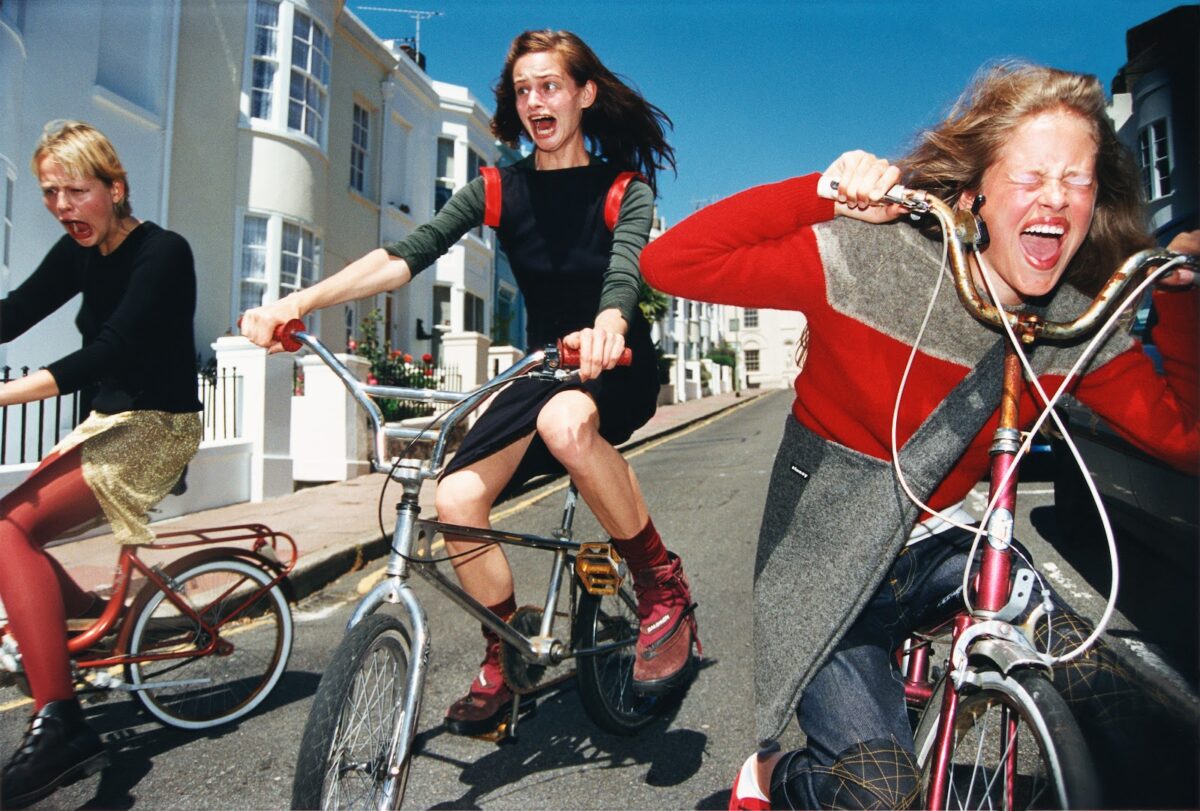
As mobile phones shrunk from bricks to pocket size and eventually got smart, London was positioned at the heart of a new globalised world and cool beyond national borders with Britpop and the YBAs feeding into Cool Britannia. With celebrity status no longer reserved for musicians and film stars, The Face put David Beckham on its cover and elevated him from footballer to style icon. Established names continued to share the pages with faces and bodies that challenged conventional beauty ideals. Some of the most exciting displays in the exhibition include examples of more radical and experimental approaches to magazine making. Entirely driven by creative impulse, The Face was the antidote to mainstream fashion glossies that increasingly resembled mail order catalogues.
The magazine reached its peak in the mid-90s after having almost been killed off by a legal battle for misrepresenting Jason Donovan, it was eventually bought by a major publisher, folded and relaunched. Fast forward through the noughties that kicked off with a millennium bug that never was, past crashes of planes and stock markets, and ever faster moving images, fashion and trends – to a new generation of creative freedom expressed in selfies, memes and fake news. The Face Magazine: Culture Shift disrupts the news headlines with a show that conveys a sense of fun and rebellion, of what it takes to be young.
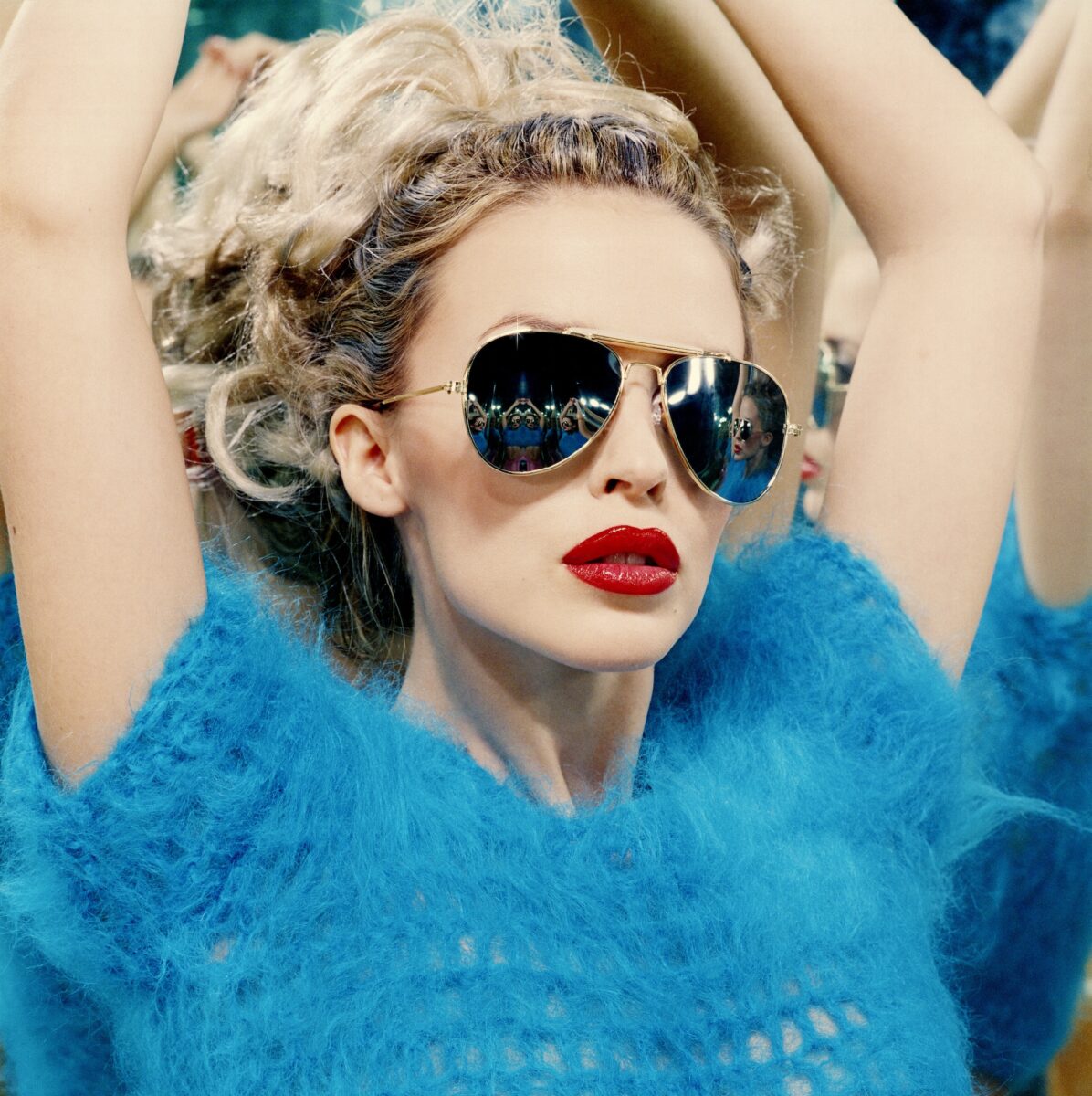
Jason Donovan has been reduced to a footnote while Kylie’s glamorous portrait takes centre stage and is available on t-shirts and postcards from the gift shop. The final chapter in a retrospective of The Face, a magazine which has always “looked less at the past and more at what’s going on at precisely this moment”.
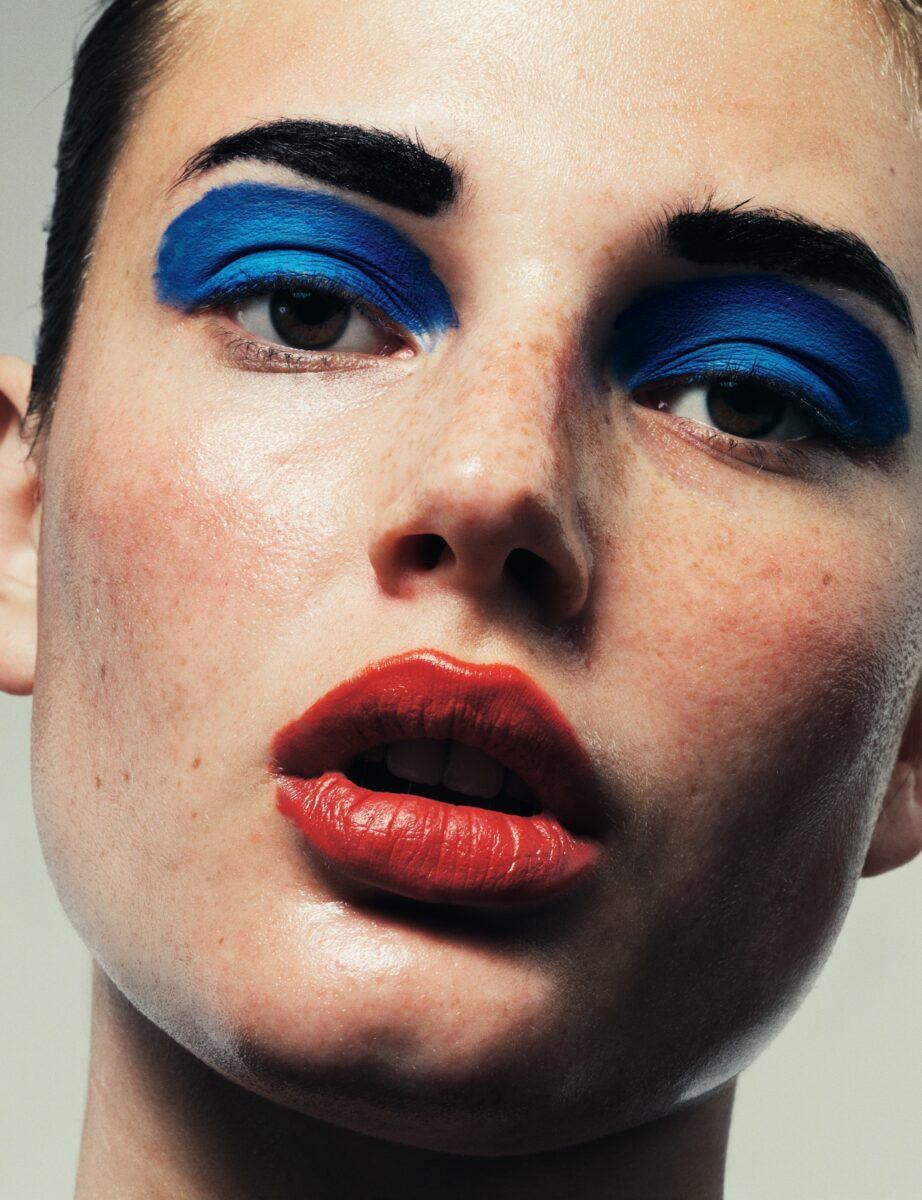
The Face Magazine: Culture Shift, 20th February – 18th May 2025, NPG
£23 / 25.50 with donation Free for Members
